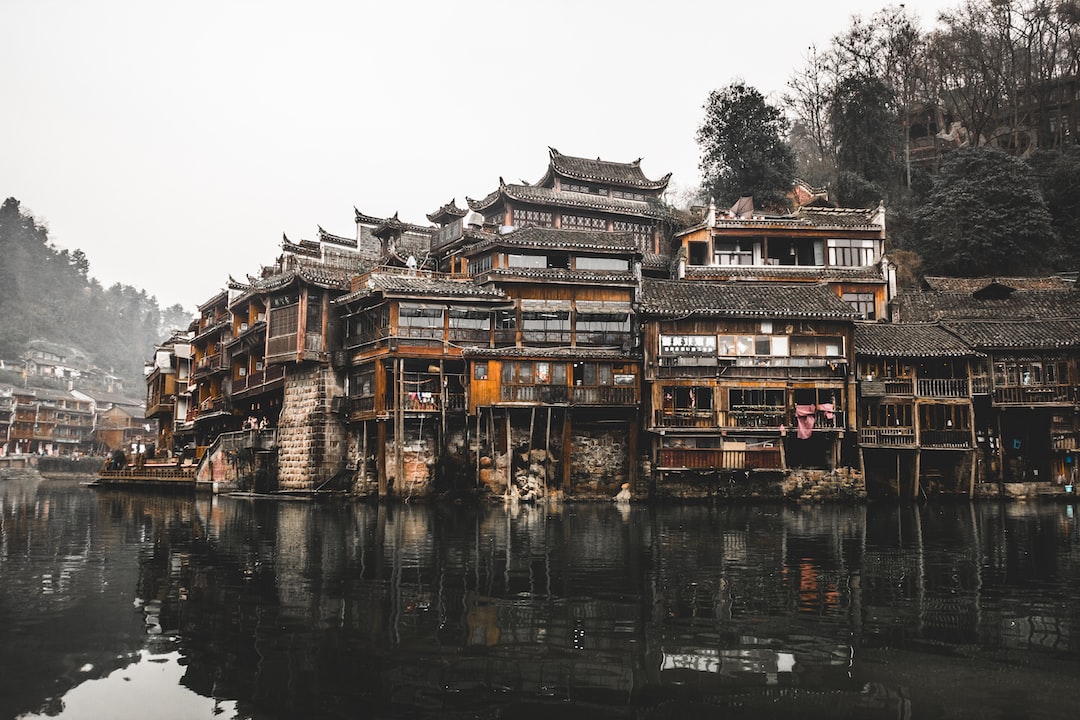10 Influential Aspects of China's Silk Road That Impacted the World
The legendary Silk Road not only forged trade connections across China but also made profound impacts on global history. This ancient network served as a conduit for military invasions, technological innovations, the proliferation of diseases, and the spread of religions, altering world history at various critical points.
Key Insights into the Silk Road's Global Significance
Discover ten key reasons why the Silk Road was, and remains, a cornerstone in the historical and cultural development of civilizations worldwide.
1. Connecting Great Civilizations Through Extensive Trade Networks
The Silk Road facilitated commerce between some of the world's most advanced civilizations from the Mediterranean, including the regions surrounding the Yellow and Yangtze rivers, enabling cultural and economic growth. Stretching approximately 7,000 kilometers (about 4,300 miles) from Chang'an to European hubs like Athens and Constantinople, it was the bedrock of historical trade.
Cultivating Trade During the Han Dynasty
Stable empires during the Han Dynasty era encouraged Silk Road trade, with the Parthian and Roman Empires playing pivotal roles in its protection and expansion.
2. Historical Invasions Redirecting Cultural Trajectories
Major invasions by the Greeks, Huns, Arabs, and Mongols at different points in history reshaped civilizations and influenced trade dynamics along the Silk Road.
3. Epidemics as Agents of Change
The spread of bubonic plague along the Silk Road had catastrophic effects in Europe and Africa, most notably during the 6th century and the Black Death.
4. Silk and Porcelain: Catalysts for Economic Prosperity
China's silk and porcelain exports propelled economic development, with silk being highly prized and porcelain's craftsmanship reaching its zenith during the Song and Ming empires.
5. Technological Exchanges Revolutionizing the Globe
Essential innovations such as papermaking, gunpowder, silk weaving, and porcelain manufacturing were transferred from East to West via the Silk Road, significantly affecting global progress.
6. Eastern Religions Mold Western Culture
While technological advancements moved westward, religions including Buddhism, Christianity, and Islam traveled eastward, enriching cultural landscapes along the way.
7. Agricultural Dissemination Spurring Population Growth
The transportation of crops and domestic animals like horses, camels, and sheep from the West to the East promoted dietary enhancements and facilitated military advancements.
8. The Silk Road's Role During WWII
In response to the Japanese seizure of sea routes in the 1930s, the Silk Road's land paths were revitalized, enabling the transport of crucial supplies to Chinese forces.
9. Contemporary Visions of the Silk Road
Modern initiatives aim to rejuvenate overland trade routes between China and Europe, promising shorter transit times and economic benefits on a grand scale.
10. The Silk Road as a Cultural Journey
Today's Silk Road draws tourists looking to traverse historical routes and explore ancient trade cities across China, Central Asia, and Europe.
Experience the Silk Road's Living History
Consider a cultural journey to uncover the legacies of the Silk Road. Embark on a guided tour to witness the enduring stories of yesterday meld with the dynamic evolution of today.



